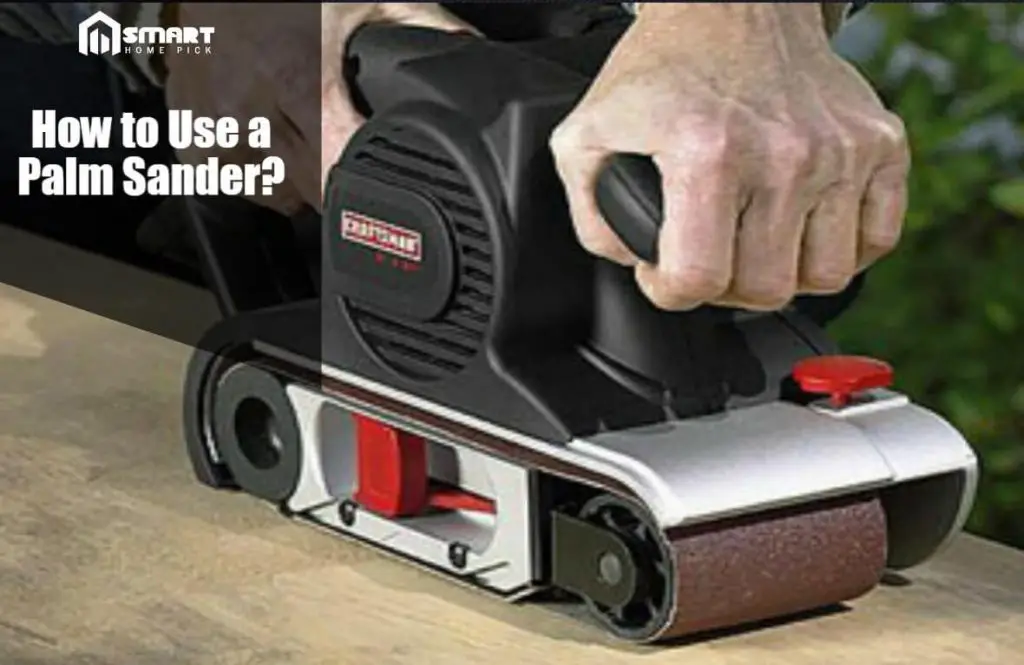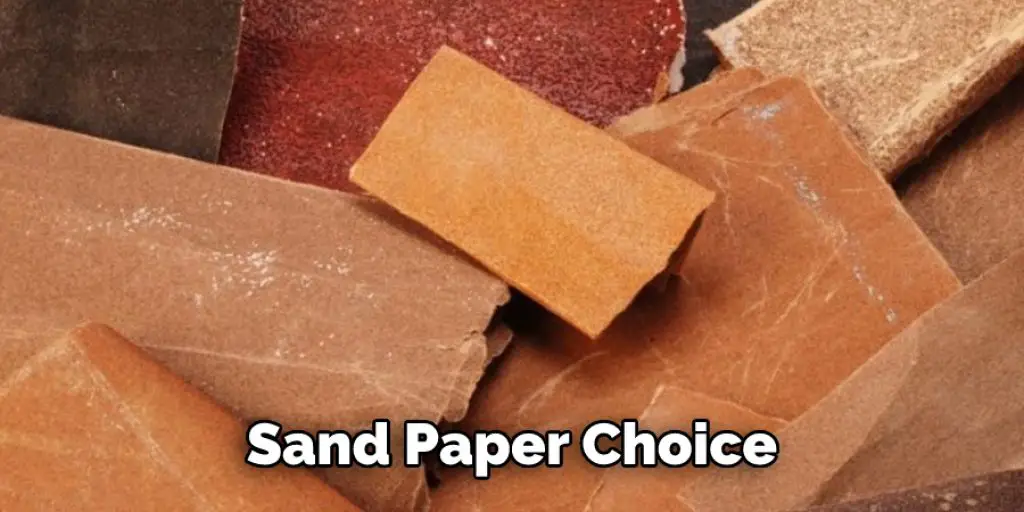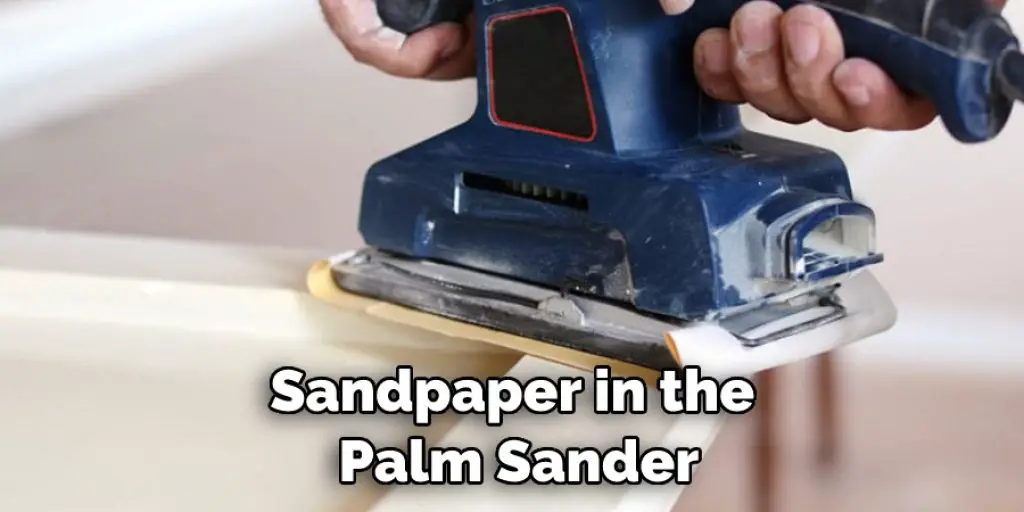You just moved into that dream apartment with your wife and kids, but your wife has been complaining a lot about the roughness of the dining table, the kitchen cabinet and the new desk table you bought for the kids to have their studies on. Aside that, there are wood works that the carpenter did in the house that were badly done.

Being the man of the house you take things to action yourself and head straight up to the local Hardware shop, get yourself a palm sander cause it was what the sales lady recommended and head back home. Once at home you read the manual and set things up, but then realize you actually don’t really know how to use a palm sander.
Well look no further, because here is a step by step procedure on how to use a sander like a professional.

- Sand paper Choice:Choose a coarse grits (grade) of paper that will help you with smoothing. Normally a 60 to 80 grit paper is recommended for starting. Then gradually work towards a finer grit, like 100. An already smooth surface that just needs a bit more smoothing should have a 100 grits from a starting to finish. Another Substance is garret. This are good to use when the wood is soft and stained. Palm sanders normally accept a 1/3 or 1/4 sheet, so make sure you have the right grits.
- Insert paper: Next you insert a sheet of sandpaper in the palm sander and secure it accordingly to the model of the sander which is labeled on the manual. Put on your safety googles and a breathing mask over your mouth to prevent wood dust or other foreign substance from entering your nose and mouth. Is to know Palm Sanders are heavy duty equipment and so precautions should be taken very high and serious.
- Start Sanding : Gently apply pressure to a flat area on the surface of the wood as you move along following the grain. Always move in one direction and never back and forth as this will produce a visible scratching
- Wipe and switch: Once a pass has been made with a coarse grit paper, wipe the surface area clean with a dry cloth, then switch to a finer grit paper and repeat step 3.
- Hard to Reach Portions: This is the time to check for the hard to get areas, especially inner corners or other edges that are normal circular or rectangular shaped. If your palm sander comes equipped with the capability to switch to a triangle base, this is the time to use it. If not you do have to know how to use a hand sander as this then can be done only manually with a hand sander.

Now is to know that there are so many sanders out there that are used in different ways for different purposes. So the advice here is to look for the best one that can help you execute the job you want quick and accurate. Again the knowledge on how to use an electric sander is different on how to use a hand sander, so know the difference and which one you are comfortable enough to work with and as well as which method is accurate to achieve the smoothing you want. Palm Sanders though complicated is a great tool for your perfect wood works at home and knowing how to use a palm sander helps you save money from calling an expensive carpenter and makes you feel manly of having been able to solve your own carpentry works at home.
Frequently Asked Questions
What Is the Difference Between a Palm Sander and an Orbital Sander?
There are a few key differences between a palm sander and an orbital sander that should be taken into consideration when deciding which one is right for you.
Palm sanders are better for fine finishes, whereas orbital sanders are better for larger areas. Palm sanders use an oscillating motion to create a smooth finish, while orbital sanders use a rotating motion to create a rougher finish. Palm sanders are also slightly slower than orbital sanders, and they tend to be less expensive. Orbital sanders are faster, more expensive, and better for large areas.
Do You Need Special Sandpaper for Palm Sander?
The type of sandpaper you’ll need will depend on the specific device you’re using it with. However, there are a few general guidelines that can help you out:
1. If you’re using sandpaper specifically designed for palm sanders, you’ll likely need something that’s very abrasive and durable.
2. If you’re using regular sandpaper, you’ll likely need something that’s less abrasive and more flexible. This will help you avoid damaging your palm sander.
3. Always test the sandpaper before using it – just to be safe!
Is It Better to Sand by Hand or With Sander?
Generally speaking, hand sanding is more time-consuming, but it results in a better finish. Sander sanding is faster, but the finish is not as good. Ultimately, it depends on your preferences and the type of wood you are sanding.








